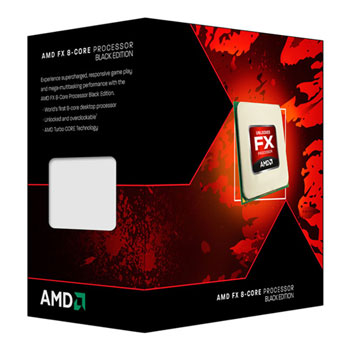Processor manufacturing powerhouse, AMD is now facing a class-action lawsuit after allegedly giving misleading information on the number of cores in its Bulldozer range CPUs. AMD had previously claimed that its Bulldozer range CPUs contain eight cores but was recently disputed due to only having four fully functioning cores. The lawsuit comes from San Jose’s district court of California. The Bulldozer range CPUs however does technically contain eight cores but AMD’s micro architecture made it so that the cores aren’t able to work independently. What this means is that each one of the eight cores that AMD claims to be present is actually half a “module” that may only work efficiently when it has a full (two core) module.
AMD, however, rejects these claims, saying that the design of the chips and how they operate makes little to no impact on performance. Tony Dickey, the claimant, suggests that AMD’s Bulldozer processors suffer from material performance degradation and is unable to perform eight simultaneous and independent instructions that was previously deemed possible by AMD. This is done by stripping away components from two cores and combining the modified cores to make a single module. Besides that, Tony also claims that AMD has misled consumers into buying Bulldozer CPUs because consumers that had bought the CPUs expect to have eight fully functioning cores.
Despite this, AMD currently is moving away from modular chip designs. Its upcoming architecture, Zen, will be a completely different approach towards their CPU architecture by increasing performance of individual cores instead of increasing the number of cores to provide better performance; much like Intel’s Hyper-threading.
For average consumers, this recent finding wouldn’t necessarily have a huge impact on daily use. However, for performance junkies or hardcore gamers that prioritize speed, this may be a let down.
AMD may still be in breach of the Consumer Legal Remedies Act and California’s Unfair Competition Law and could also be guilty of false advertising. It should also be noted that the term CPU “Cores” and what it defines remain highly debatable. There are no verdicts to this lawsuit as of today so it still remains unclear whether AMD is guilty of misleading advertisements. However if AMD were to lose this lawsuit, they may be facing, at minimum, a fine of $5 million (about RM21.8 million).
(Source: Legal Newsline)
Follow us on Instagram, Facebook, Twitter or Telegram for more updates and breaking news.




